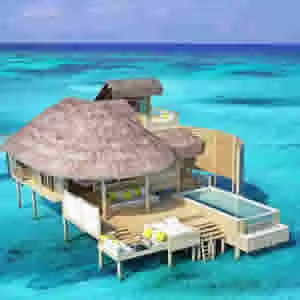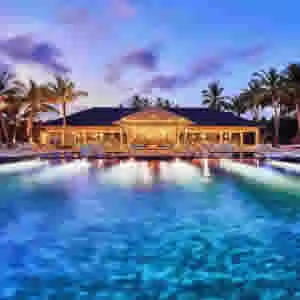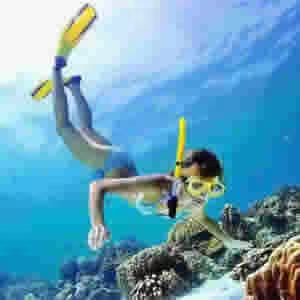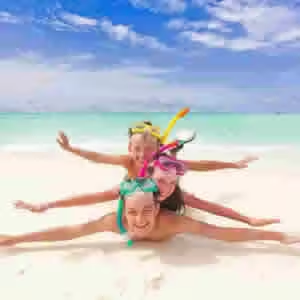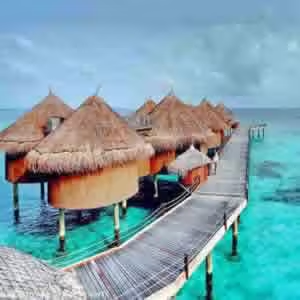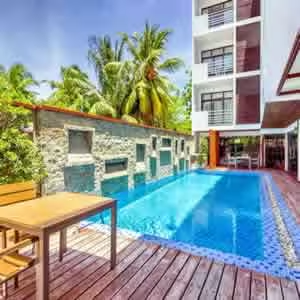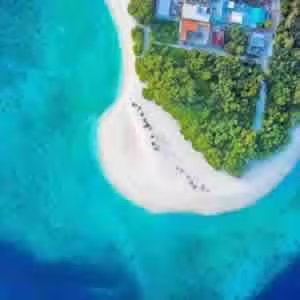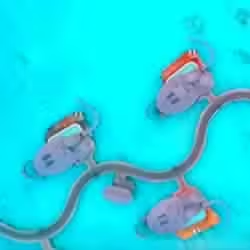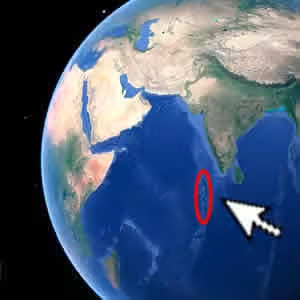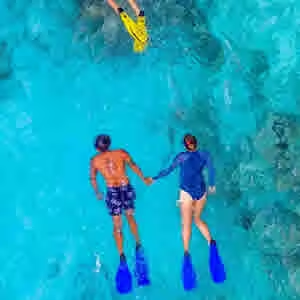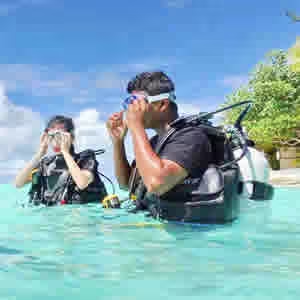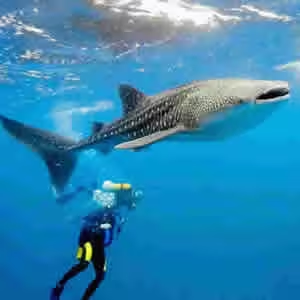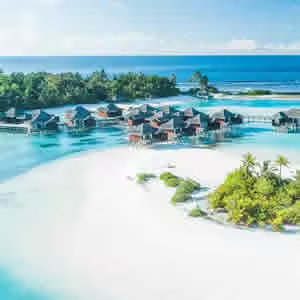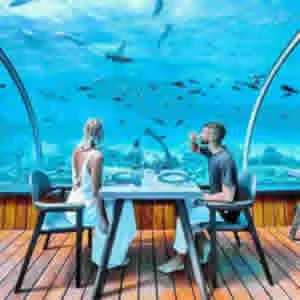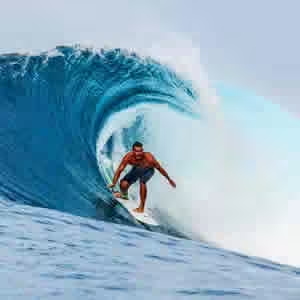Hanifaru Bay
The Baa Atoll - a UNESCO Biosphere Reserve in the Maldives
August, 2019
Hanifaru Bay is a unique marine reserve in the Maldives for people who love snorkeling with manta rays and whale sharks. The protected underwater bay is located in the UNESCO biosphere reserve of Baa Atoll. There are strict rules for being in place to protect and preserve this unique nature's wonder.
The reef at Hanifaru Bay can be compared to a giant funnel, measuring about 1,300 meters, where the inner narrow part is about 600 meters, and where whale sharks and mantas are the most common. Manta Rays season from May to November. During this period, huge masses of plankton get into the funnel attracting whales and manta' schools to the feast. At this time there can be found more than a hundred mantas and several whale sharks. This is the famous largest feeding station in the world.
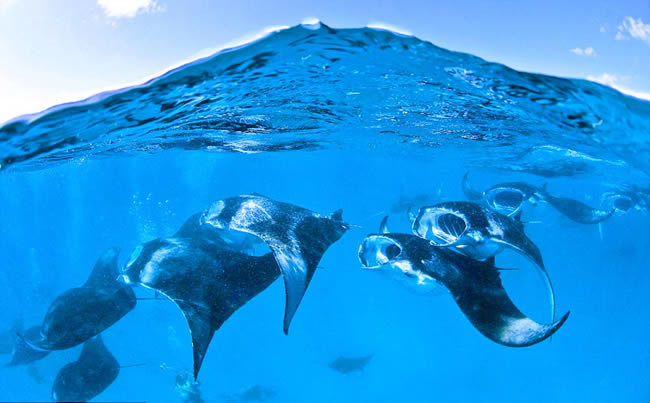
Hanifaru Bay
With high marine biodiversity, the only biosphere reserve in the Maldives, Baa Atoll is home to the ambundant of marine life and the underwater world of striking beauty. The main attraction of Baa Atoll is Hanifaru Bay, known as a breeding ground for gray reef sharks and stingrays and is located 5 minutes by boat from Dharavandhoo Island. Hanifaru is a desert island in the Maldives with a small, closed, underwater bay about the size of a football field, known to locals as ‘Vandhumaafaru Adi’. Hanifaru bay is also one of the very few places in the world where whale sharks come to mate. However, the most famous Hanifaru brought the mysterious, graceful, inquisitive and charming Mantas (Manta alfredi), the concentration of which during the seasons of plankton can reach up to 200 species. The incredible biodiversity inside this bay was formed due to the huge masses of plankton accumulating there from May to November.
Hundreds of these large, graceful, cartilaginous plate-lace fish gather for a feast in plankton-rich waters. It is not surprising that, together with the manta, other individuals, such as underwater photographers, flock to this amazing Maldives' bay.
Little Hanifaru Island and its surrounding waters are protected maritime zone. Hanifaru Bay is only for snorkeling, diving is prohibited here. During the exursion you must keep the correct distance from mantas within 3 meters from the head and 4 meters from the tail. You should not approach the sea animal from the front or cross its way, stop it and swim with it. It is allowed to take photos, but without flash. Touching, stroking or even drawing closer is prohibited and there are trained rangers who control your movements.
Snorkling with Manta Rays
Before the introduction of these rules, the site was crowded with boats and tourists. At some point, the number of whale sharks and mantas sharply declined, it is believed that this is due to human intervention. Therefore, it is very important to follow the rules of behavior in order to save this amazing place.
If you want to visit Hanifaru Bay, you must first register at the visitor center on Dharavandhoo Island. This center is managed by the Baa Atoll Nature Conservation Fund - BACF. Here you can order and pay for a snorkeling tour with a guide. Price about $ 35.
When the tide comes, the lucky snorkel lovers come to see and capture the seething, spinning feast. As a rule, feeding manta is akin to ballet over a coral reef. However, due to the closed space and a large number of animals, everyone forget about the status quo. Their natural rhythm of feeding is replaced by a crazy devouring, which leads to complete disorganization, as if hundreds of cars hit each other with bumpers.
Watching manta feeding in Hanifaru Bay is an unforgettable sight. Manta Rays come to the bay only after the tide, first one by one, and then suddenly the number can increase to 200 individuals that are in the bay from 2 to 4 hours. This small underwater area in combination with a rich plankton soup, changed the natural feeding habits of these graceful creatures, whose wingspan can reach up to 3.5 m.
Mantas usually feed in a power-law manner, being a pattern of behavior when the body rolls and swims at the surface to filter water with plankton through the head with wide open mouths, and which then goes back through the gills. Tourists flock to this closed soup bowl to watch the "cyclone feeding" manta. During mass feeding, 50 or more manta line up with tails and twist a giant funnel with its fins, where, like in a vacuum cleaner, plankton is pulled in. If the number increases to 100, the manta spiral spirals out of control and chaos ensues. Undoubtedly, it is necessary to become witnesses of this show at least once in a life.
Best Time to Go
In the period from May to November each year, during the South-West monsoon, on certain days the phases of the moon massively increase plankton in the bay. Such a high concentration attracts hundreds of “filter feeders” to Hanifaru and do not be surprised to see up to 200 manta here accompanied by a dozen whale sharks.
History
Today, Hanifaru Bay is considered the world's largest manta rays feeding station. For hundreds of years, Hanifaru was known to the locals, who often visited this site for whale shark hunting. In the mid-1990s, the place was opened by divers and such a spectacle was not kept secret for a long time, and soon up to 14 boats tried to squeeze into this small area daily, waiting for a spectacular underwater show. National Geografic magazine added fuel to the fire by posting photos and videos of feeding Mantas.
A a dramatic improvement came in 2008, when the Ministry of Fisheries (which is also authorized by the law on the creation of special reserves), decided to lease Hanifaru Bay on a long-term basis, which included development for industrial purposes. The Bluepeace and other interested parties took action, and successful protests put an end to industrial development in Hanifaru.
Understanding that the bay will turn into a circus arena and the situation will steadily influence the ecology of the area, an active life position was adopted, and in 2009 the Maldives government declared this bay as a marine reserve. In 2011, it was also recognized as the main protected area within the framework of the UNESCO World Biosphere Reserve covering the islands of Baa Atoll.
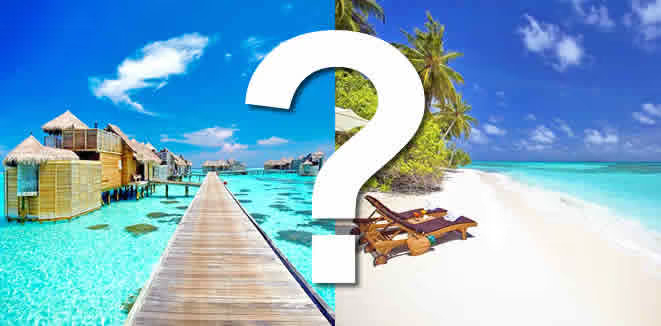
Beach or Water Villa?
Maldives - a name that became synonymous with honeymooners' paradise in the tourism world, has slowly revamped to cater to the needs of families visiting
Read More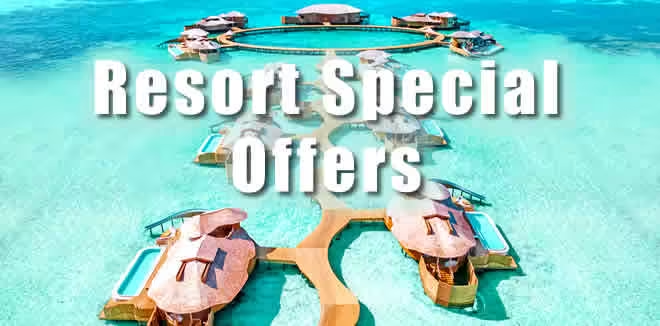
Best Maldives Resort Offers & Packages
Find out more about the most unparalleled Maldives hotel deals and special rates, when Book Direct your next beach holiday
Read More
Maldives Hotel Reviews
Some of the best hotels and resorts in the Maldives are already included in this list, and the good part of them offers the best prices. We will constantly add new hotels
Read More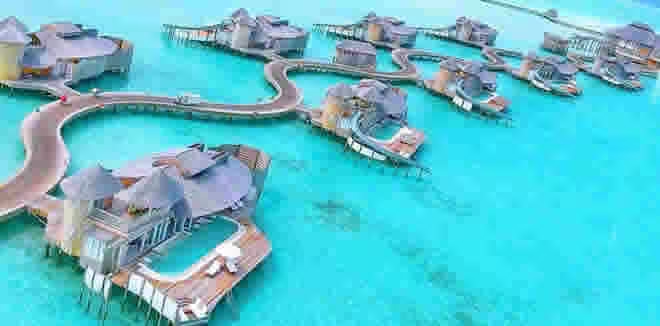
10 Exclusive Resorts in Maldives
The Maldives is paradise destination that should be on the bucket list of every discerning travelers. There's a special breed of hotels there that cater to the most tasteful of luxury travelers Read More
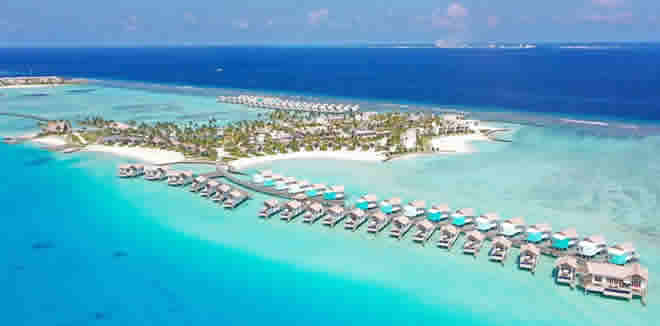
The Maldives’ Hottest Luxury Hotel Openings for 2023
Here are just 10 of the amazing new resorts in the Maldives that are set to welcome guests Read More
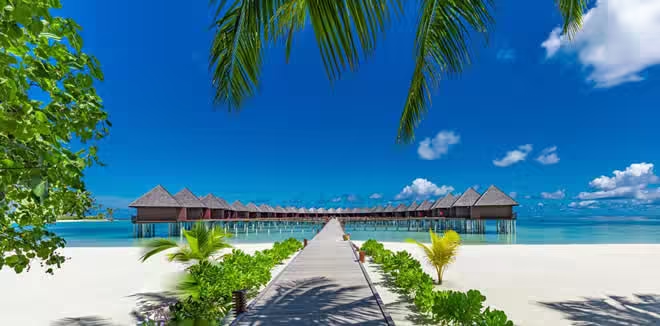
10 Most Affordable Water Villas
While it may never be cheap to visit thу Maldives, fortunately there are still some chic and relatively affordable overwater villas you can stay. Read more
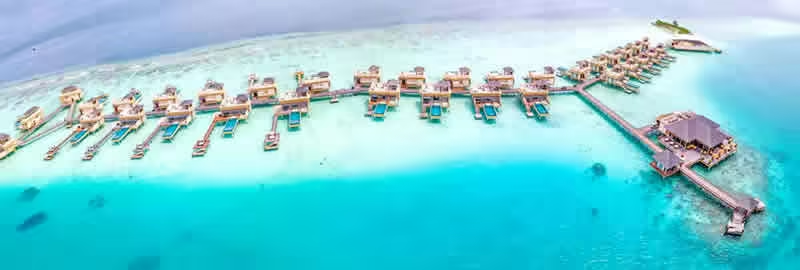
Maldives Luxury Guide
Here's the best of Maldives for luxury travellers. We've compiled the finest recommendations of places to stay, ranging from the most celebrated five-star resorts to luxurious private islands Read More
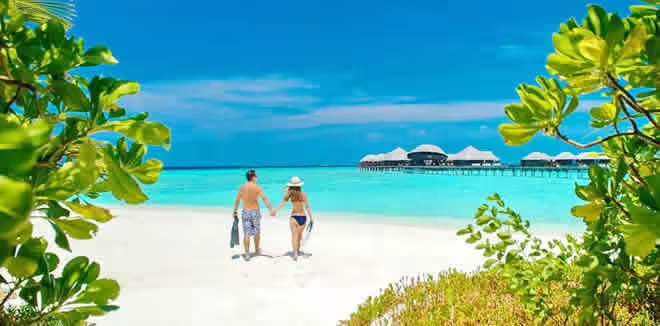
Maldives Romantic Guide
The ultimate ‘flop and drop' and honeymoon destination, the Maldives is the playground for the most amazing and finest utilization of each second of this extremely valuable and hopeful time with each other in tota Read More
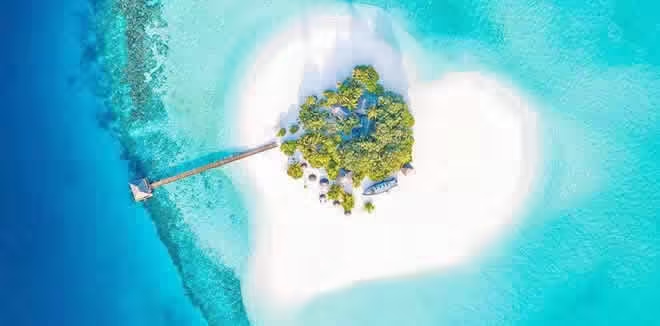
Maldives Budget Guide
Budget travellers choose Maldives as their destination of choice thanks to the variety of affordable stays Read More
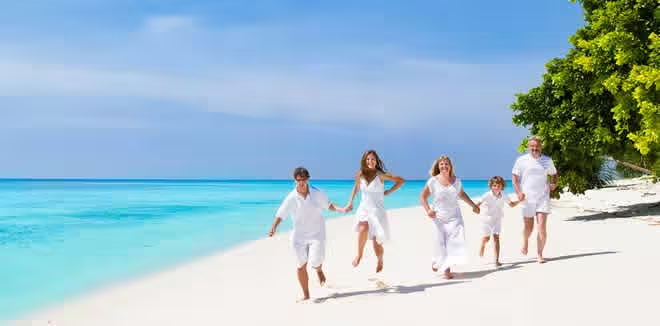
Maldives Family Guide
Maldives - a name that became synonymous with honeymooners' paradise in the tourism world, has slowly Read More

Maldives Diving Guide
The life of these paradise islands below the Indian Ocean's level is the main draw attracting thousands of divers Read More








